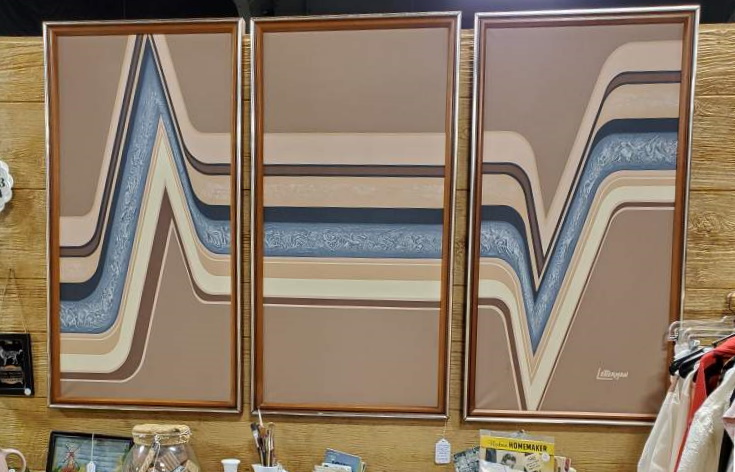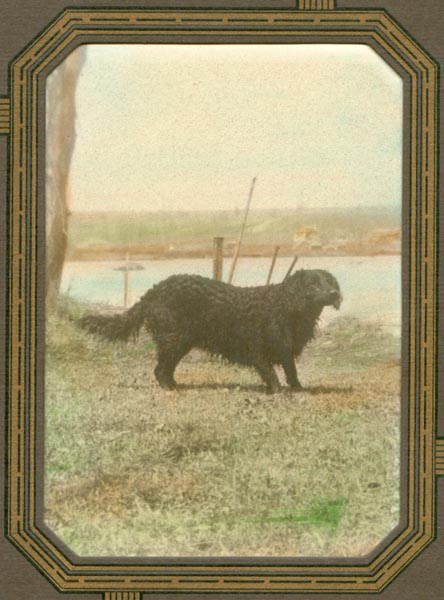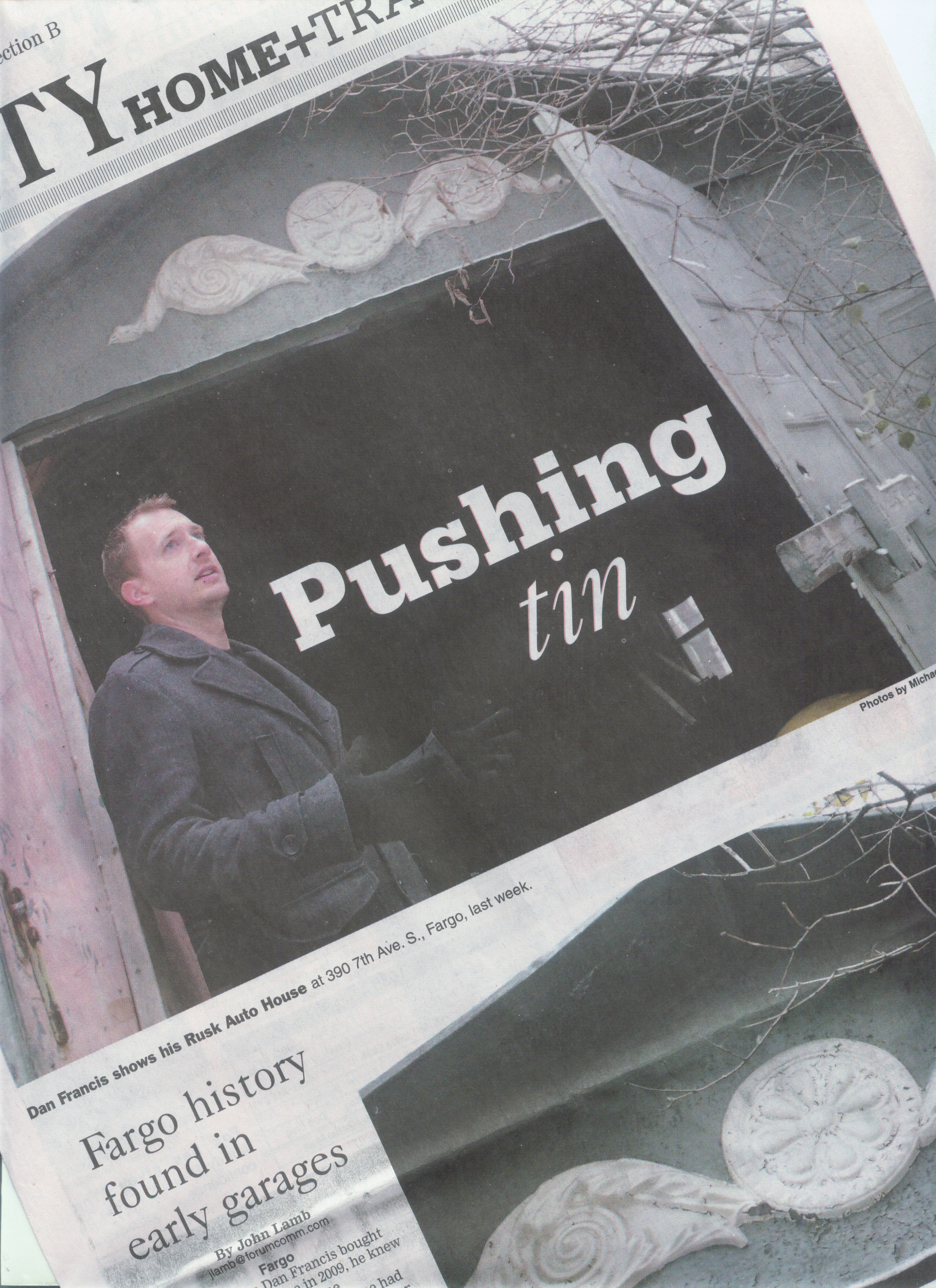Author: Derek
-

Letterman Mid-Century Modern Paintings
It’s not often you find oil paintings with such a well-defined and readable signature, but the one on this triptych we have in our booth at Fargo Antiques and Repurposed Market is clearly LETTERMAN, stylized with extended letters to evoke modernity and motion. And, not only is the name so readable, the signature readily identifies…
-

Happy Halloween
This afternoon KFGO’s Bob Harris contacted me to get ten minutes of Dakota Death Trip Hallowe’en tales — listen to it here — in which I talked about: Madame Darrell, the mystic who operated out of offices throughout the West, including Deadwood and Brainerd, speaking to the spirit world and foretelling the future; The little schoolhouse…
-

Rusk Auto House in the Forum
So, I’m just hanging around the house, checking the internet on my phone, and I see a headline from the Fargo Forum: “Pushing Tin: Fargo History Found In Early Garages“. Of course, I know exactly what they’re talking about — one of my favorite things is the Rusk Auto House, a product of the Fargo Cornice…
-
Elkhorn Coming Up
It’s less than a month until the next Elkhorn flea market rolls around. We’re planning on renting a booth and selling our wares there in the September 30th event, but if you’re in eastern Wisconsin on the 12th of August you should stop at Elkhorn and see what’s shaking. The photo above comes from a recent…